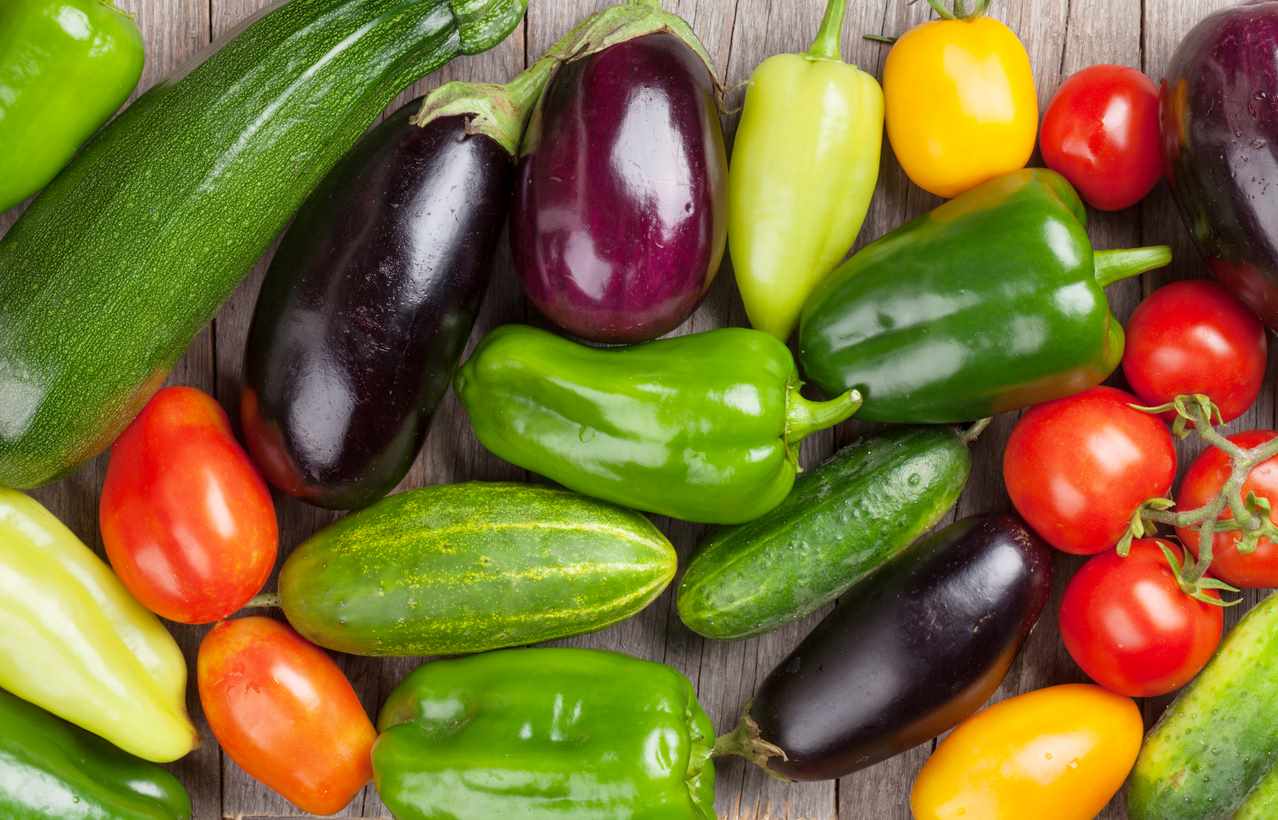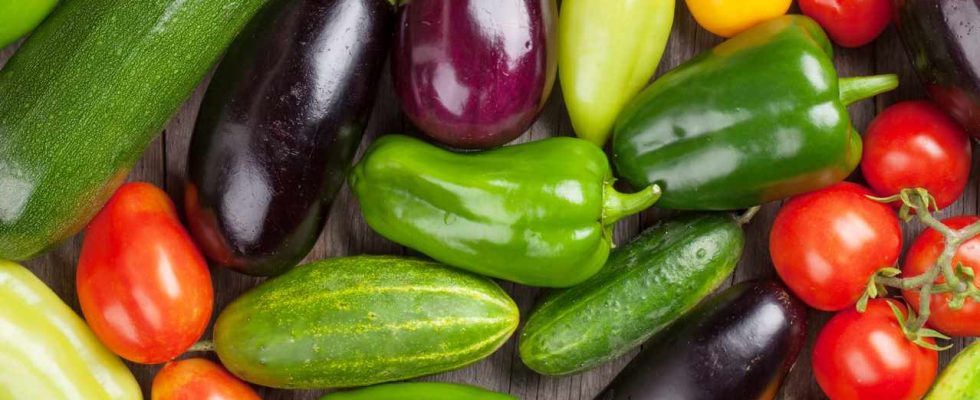
Understanding the needs of sunny vegetables
Each species of plant has specific needs, whether in terms of heat, light, humidity, nature of the soil, etc. It is therefore important to know these needs and satisfy them in order to grow crops successfully. This is the case for the so-called “sun” vegetables which delight our taste buds during the summer, namely tomatoes, zucchini, peppers, eggplants, watermelons, melons, etc..
These tropical vegetables not only need heat and lots of light to grow, but also warm soil when planting.
Example: Tomato plants need a temperature of around 20°C during the day and 10°C at night, as well as at least 8 hours of light per day to develop well. These are cold vegetables which may therefore require protection depending on your climate.
Understanding the importance of soil warmth for planting
We must not forget that in plants, successful cultivation depends on the health of the root system since it is thanks to it that the plant can obtain water and nutrients. In sun vegetables, the warmth of the soil at the time of planting is a determining factor in the health of the root system.
There is therefore no point in planting these vegetables too early while the soil is still cold, because you will not gain time for harvesting, quite the contrary! The thermal stress suffered by the root system will cause a slowdown, or even a cessation of growth. This also means that depending on the climate of the area you live in, the ground will not be warm enough at the same time as in other areas.
Plant sun vegetables according to your climate zone
France being divided into 4 climatic zones, continental, oceanic, Mediterranean and mountain climates, depending on the area in which you live, you benefit from milder temperatures earlier or later in the season.
This lag causes a lag in when the soil has warmed enough to allow you to plant sun vegetables. It is this same climate that dictates when you can take your young plants out and whether protection is necessary or not.
In continental climate
The continental climate, characterized by hot summers and harsh winters, mainly concerns the north-eastern quarter and the center of France.
| Month | Eggplant | Zucchini | Bell pepper | Tomato |
| May | Under cover or in a greenhouse | Under cover, then in the open ground from the end of May | Under cover or in a greenhouse | Under cover or in a greenhouse |
| June | In the open ground from June 15 | Possibility of using a growth veil until the beginning of June | In the open ground from June 15 | Use a growth veil until the end of June. |
Under oceanic climate
The oceanic climate, characterized by mild temperatures and abundant rainfall, concerns, as its name suggests, the lands along the ocean coast of France.
| Month | Eggplant | Zucchini | Bell pepper | Tomato |
| May | Under cover or in a greenhouse | Under cover, then in the open ground from the end of May | Under cover or in a greenhouse | Under cover or in a greenhouse |
| June | In the open ground from June 15 | Possibility of using a growth veil until the beginning of June | In the open ground from June 15 | Use a growth veil until the end of June. |
Under Mediterranean climate
The Mediterranean climate, characterized by mild winters and hot summers, corresponds to the south-east of France and extends a little inland.
| Month | Eggplant | Zucchini | Bell pepper | Tomato |
| April | Under a veil of growth until the end of April | Under a veil of growth until the end of April | Under a veil of growth until the end of April | Under a veil of growth until the end of April |
| May | In the open ground | In the open ground | In the open ground | In the open ground |
| June | In the open ground | In the open ground | In the open ground | In the open ground |
In mountain climate
The mountain climate, characterized by long, cold and snowy winters, is found in the Pyrenees, the Alps, the Massif Central, the Jura, the Vosges and the Corsican mountains.
| Month | Eggplant | Zucchini | Bell pepper | Tomato |
| May | Under a greenhouse | Under a greenhouse | Under a greenhouse | Under a greenhouse |
| June | Under a greenhouse | Under a greenhouse | Under a greenhouse | Under a greenhouse |
Sowing sun vegetables
As sun vegetables need warm soil, they are mainly sown under heated shelters at the following times:
- For seeds that need more time to emerge, such as tomatoes, peppers and eggplants, you can start from February.
- As the zucchini develop more quickly, you can sow them later. It is enough to do it one month before the planned transplanting date in open ground. It will be necessary to transplant them into larger pots as they grow.
Once your plants are sufficiently developed, the temperatures are mild enough and the soil is warm enough, you will be able to transplant your young plants into the ground. On the other hand, if you live in a region with a Mediterranean climate, you can choose to sow your sun vegetables directly in the ground, if the weather is suitable. It is then advisable to opt for so-called late varieties.
Protect your vegetable crops from the sun
To enjoy sunny vegetables whatever the climate in your region, there are several solutions.
- In regions where the climate is sufficiently mild, it is possible to simply use a growth veil. It allows your plants to benefit from a slightly higher temperature than outside. A few degrees more may be enough to preserve your plants and promote their development.
- In regions with colder climates, it is possible to use installations such as a greenhouse or tunnel. These two options create a microclimate and provide the conditions necessary for the development of sunny vegetables.
- Finally, the chassis is a solution, a bit like the growth veil, which will provide protection to young plants while they get started.

